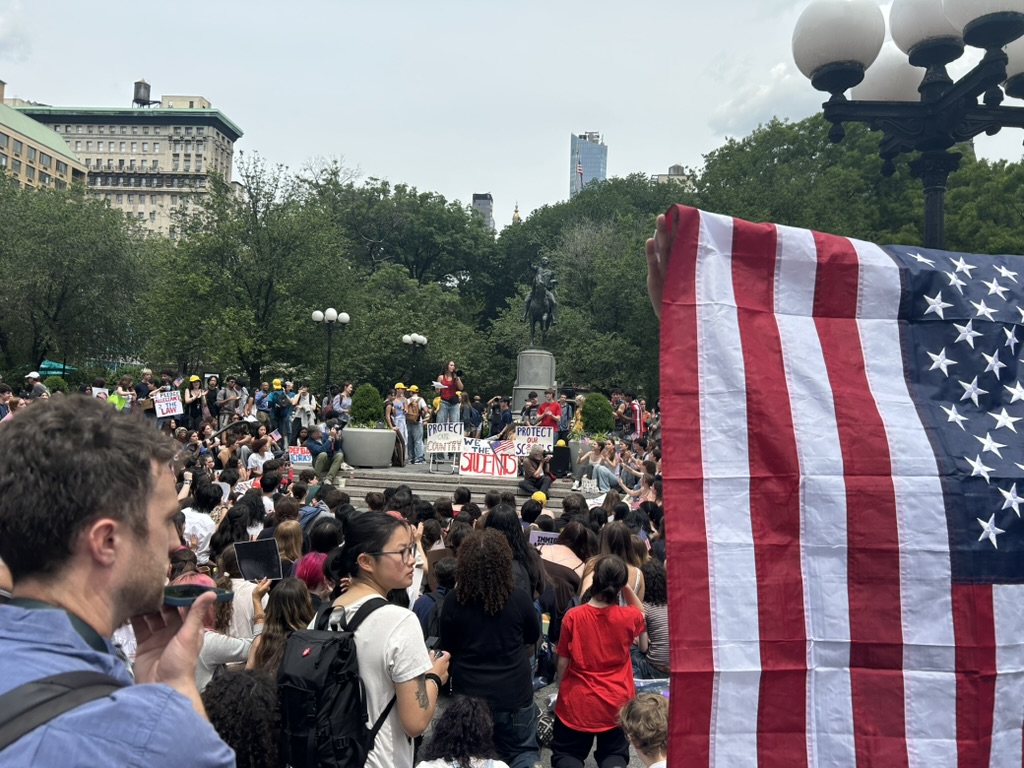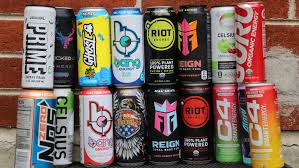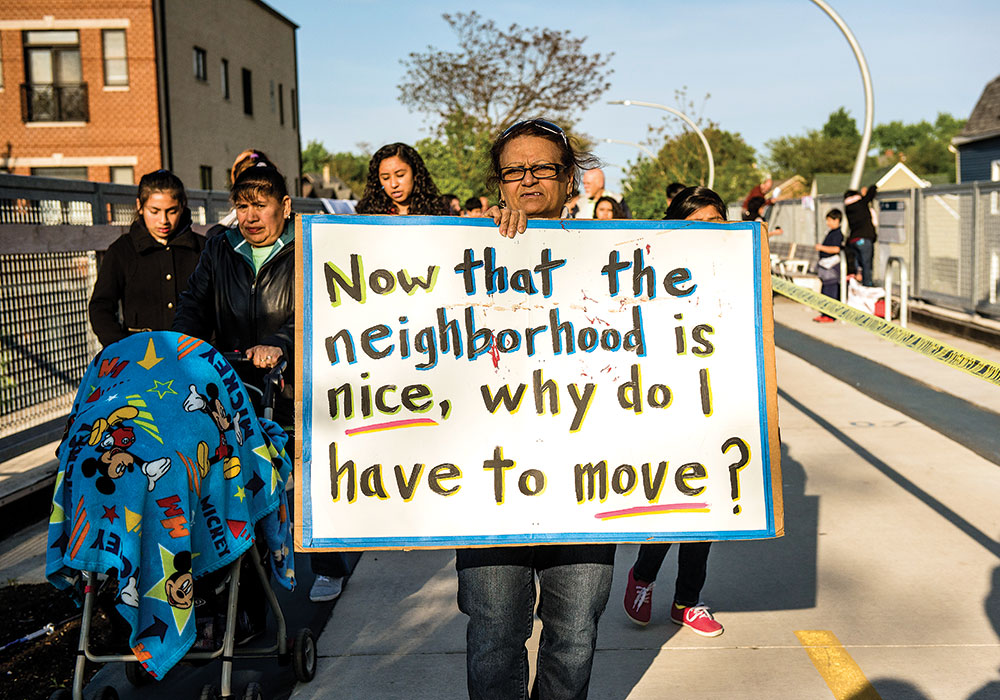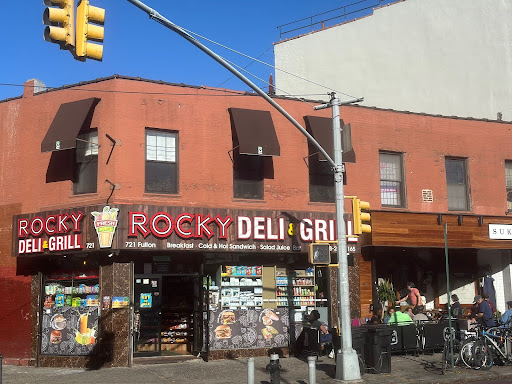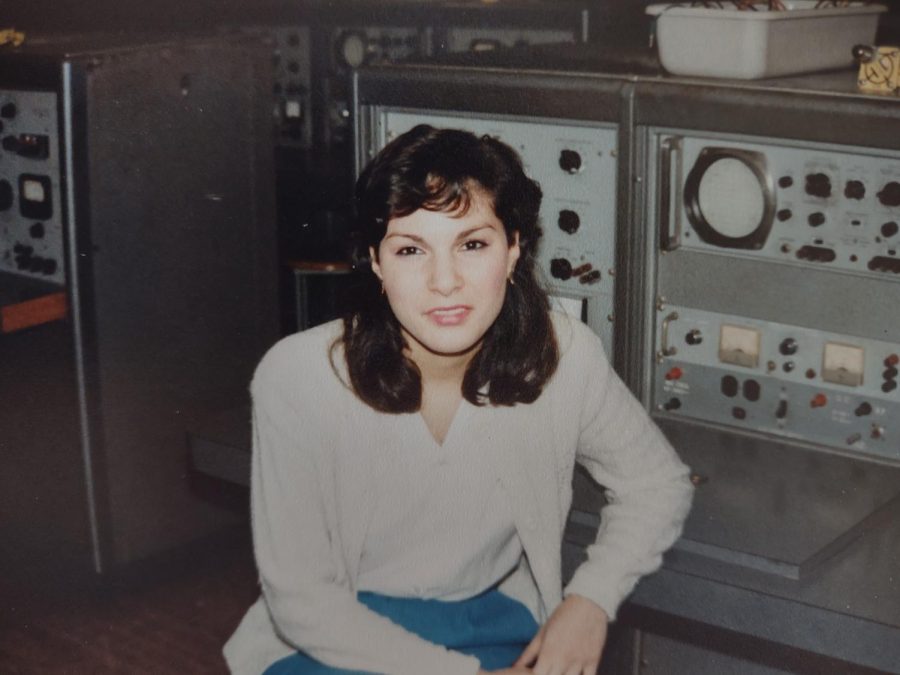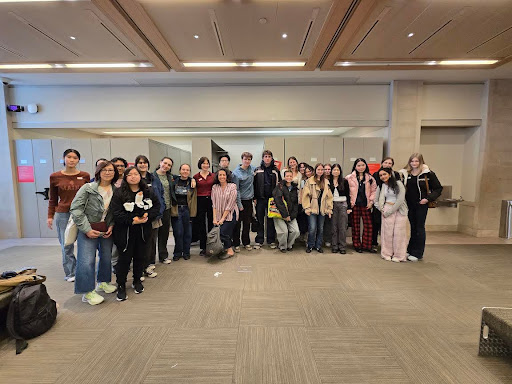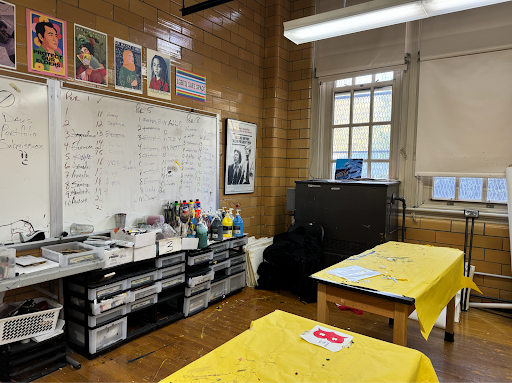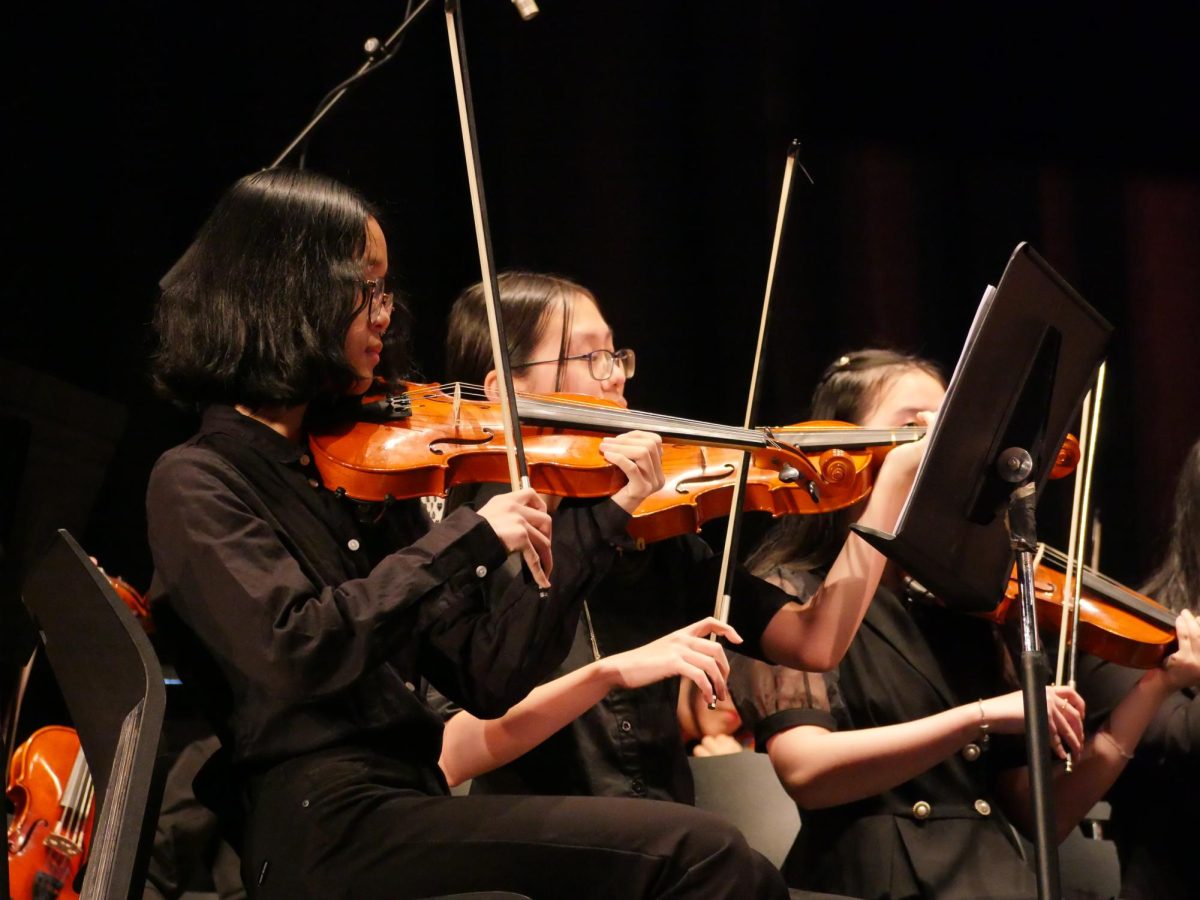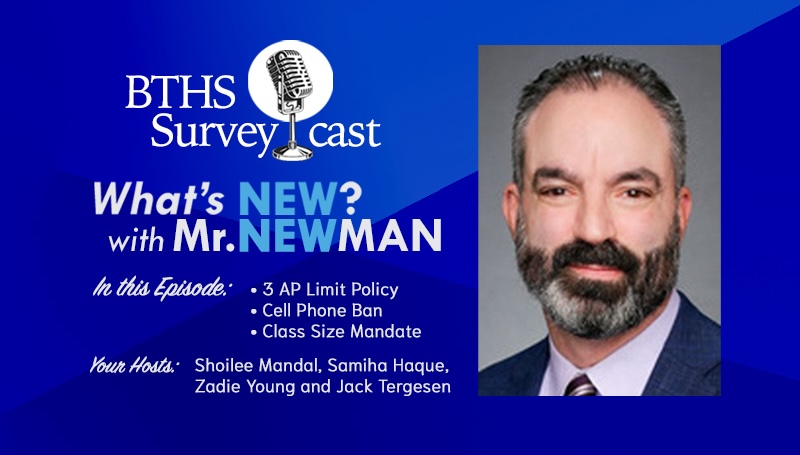Assessing the Health of the Building: Scaffolding, Extreme Heat, and Asbestos
December 21, 2021
As Brooklyn Tech’s building approaches its 89th anniversary, issues concerning its old infrastructure have come to light.
Energy inefficiency is one such issue. Over the last decade, Brooklyn Tech consistently received a D-energy rating from the city. But at the end of 2020, the Department of Buildings gave Brooklyn Tech a B-grade in energy efficiency with a score of 84/100 — up 31 points from its previous grade.
What occurred in the building during this time frame to accelerate this jump?
Mr. Schell, an environmental science teacher at Tech, suggested that the pandemic has decreased energy use because a majority of students were not in the building due to remote learning, leading to the significant increase of the building’s energy rating.
“We used less energy during the pandemic,” Mr. Schell said. “However, that was measured on December 31, 2020.”
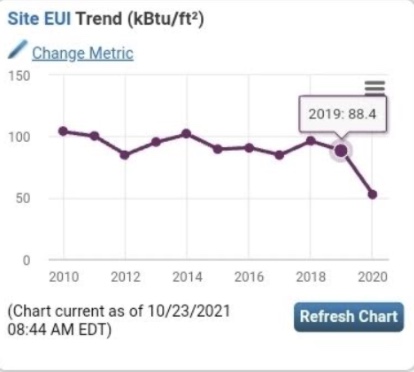
The energy score is based on energy use divided by the square footage of the building, according to FirstService Residential. The lower the energy use, the better the score.
This suggests that the energy rating might drop back to what it previously was, due to the return of in-person school.
Furthermore, problems with the building’s boilers have furthered efficiency issues at Tech. On November 30th, the boilers were not working, causing temperatures to drop. Just two days later, the boilers brought intense heat to the auditorium.
“The auditorium is unsafely hot, you basically have to take off your jacket and sweatshirt. There should not be inconsistencies with the heating,” Yusuf Badar (‘23) recalled about the auditorium’s stuffy atmosphere that week. This represented an efficiency issue, as the building is currently not receiving adequate heat in select areas, while too much heat is being generated in others.
Meanwhile, a $24 million project to replace the boilers is underway, according to the SCA. Principal Newman assured that the construction team is undergoing testing, causing temperature variations throughout the building.
“The team is putting in machinery for low pressure in place of the high pressure. The team wanted to do testing, which caused too much heat in some and too little in others,” Mr. Newman said.
The energy use of the building is not the only issue. Asbestos, a naturally occurring mineral that causes cancer, has been found in some classrooms around the building. Mr. Martinez, a social studies teacher, recently found asbestos in his room. “I didn’t know it was asbestos before, but I researched and became more knowledgeable because of a home project. After the pandemic, I looked around and it was dangerous,” Mr. Martinez commented. He did not know that there was asbestos in his room and only found out because of online research he conducted. He thanked the school for the swift containment of the asbestos, as the classroom is now safe.
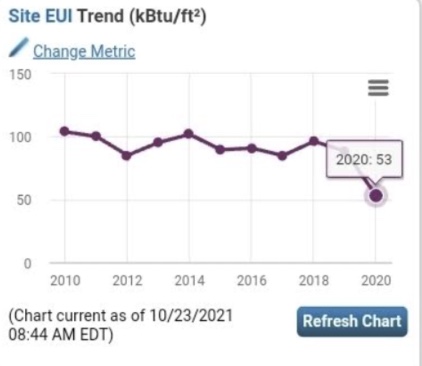
“The administration is responsive, they just lack awareness sometimes,” Mr. Martinez said.
Finally, Brooklyn Tech’s scaffolding has been an issue. The scaffolding dates back to 2008, which means that a decade of Tech students have not seen the building without its scaffolding. Mr. Newman stated that there are other newly discovered issues around the building that need to be fixed, which caused the original cause of scaffolding’s project, the roofing project, to be delayed.
“The parapet is at the top of the building,” Mr. Newman said. “It has endured the brunt of the weather for 90 years. Therefore, we had to rebuild the entire parapet. But, as you pull away the parapet, you see more things that need to be repaired, like pipes, metal cages, and bricks. However, these are projects and more projects equal more bids and lack of money can stop the whole project. I am going to safely reason that the freshmen here are not going to see the building without its scaffolding.”
The scaffolding was originally here to rebuild the roof, but as more issues are discovered that require repairs, more projects are needed to fix them, causing more bids and money. If the money does not flood in, the entire project gets delayed.
All of these issues demonstrate the age of the building, which dates back to 1933. As the building continues to age, it raises questions about what type of repairs are needed to maintain Brooklyn Tech’s building into the 21st century.
One concept that Mr. Schell suggests implementing is a green roof. A green roof is a roof covered with plants that absorb sunlight. This helps counter the Albedo effect, which means that the darker a surface is, the more heat the surface will absorb. Instead of a dark surface absorbing outside heat into the building, the plants of the green roof would absorb the sunlight and shield the building from it.
Mr. Schell suggested that it would be beneficial to fix up Brooklyn Tech’s building and make it a sustainable model for the community. He hopes that this will inspire young people to come to Brooklyn Tech.
A different concept that Mr. Martinez proposed is a better communication system, so that teachers and parents alike would be more aware of what is going on in the classroom. This is to prevent another incident– such as the discovery of asbestos in a classroom– from occurring again. After all, Mr. Martinez stated, “Teachers do not need to determine if a class is (physically) safe.”
As the school returns to in-person learning, the energy use will naturally tick back up, which could drag the energy score back down. If this happens, more sustainability ideas may arise in the hopes of raising the efficiency of the school.
Will those ideas come to fruition? Only time will tell.

